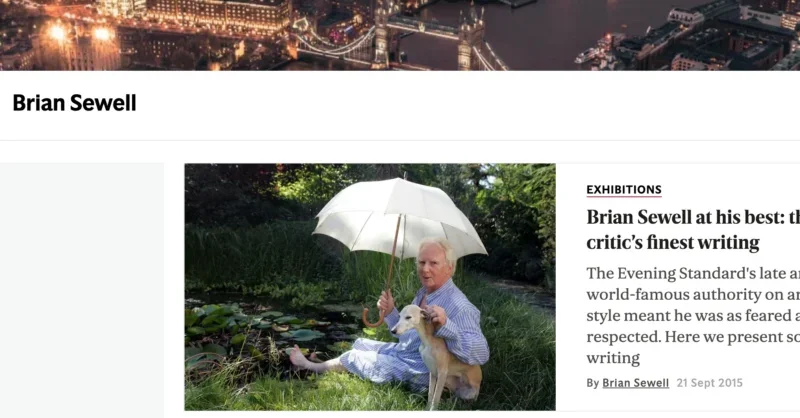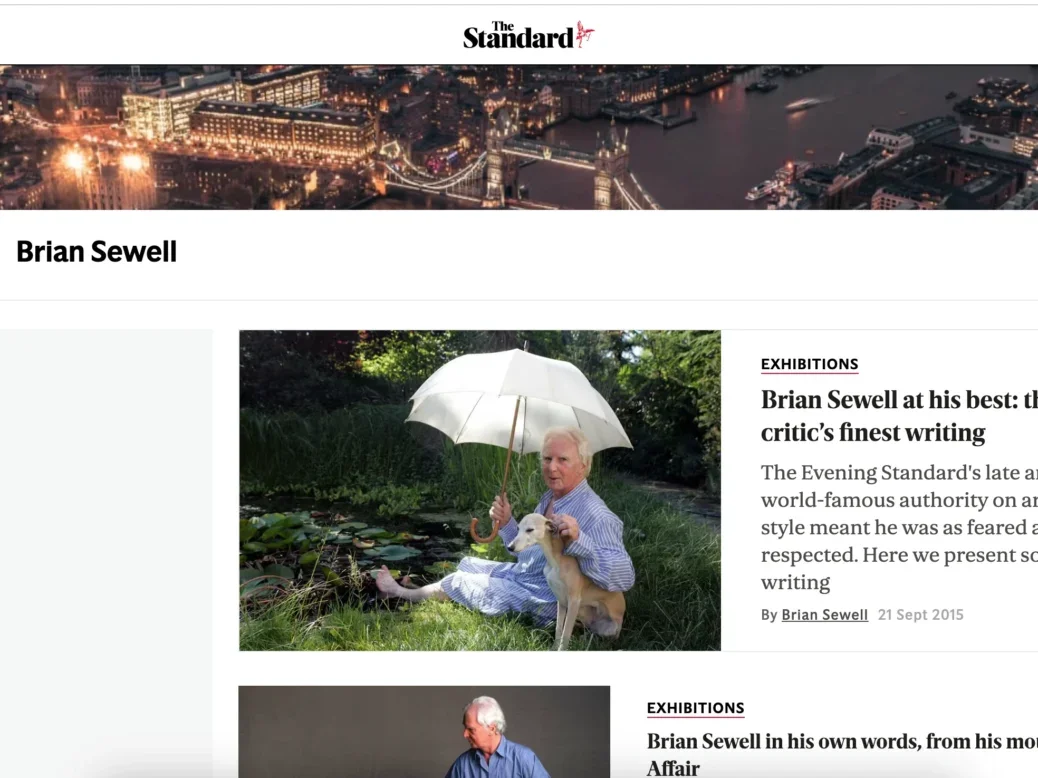This article is an on-site version of our Moral Money newsletter. Premium subscribers can sign up here to get the newsletter delivered three times a week. Standard subscribers can upgrade to Premium here, or explore all FT newsletters.
Visit our Moral Money hub for all the latest ESG news, opinion and analysis from around the FT
President Joe Biden was on lively form here in New York yesterday as he delivered a speech trumpeting his administration’s work to galvanise clean energy investment in the US and beyond.
“It’s the perfect time to go big — the market for clean energy is booming,” Biden said.
His remarks reflected the wider buzz around Climate Week NYC — an event that seems to be the busiest in its 16-year history, in terms of the number of sessions and attendees. But the energy here strikes a contrast with what many see as a sagging level of engagement around climate action among many corporate and financial leaders.
Climate Week tends to provide a useful sense of what to expect at the annual UN COP summit a couple of months later. The run-up to this year’s COP29 in Baku, however, will be overshadowed by the US election, which will be held just six days earlier. Donald Trump, who would pull the US out of the Paris Agreement for a second time, is slightly behind in the race, according to our FT poll tracker, but far from out of the running. “If we don’t lead, who the hell leads?” Biden said yesterday, in a swipe at his predecessor.
In today’s newsletter, we highlight two of the most interesting items in the flurry of activity in New York. Climate scientists are aiming to concentrate minds on an alarming new set of findings, with the help of a star-studded (and evocatively named) initiative. And one of the world’s biggest investor alliances is making some progress in reducing financed emissions, Patrick reports. — Simon Mundy
sustainability
Sustainability superheroes? Branson calls in the ‘Planetary Guardians’
It might seem surprising that Marvel Comics didn’t long ago snap up the name “Planetary Guardians” for one of its lucrative superhero franchises.
The Disney subsidiary’s failure to do so left an opening for UK billionaire Richard Branson. The Planetary Guardians initiative, set up last year with funding from the charitable foundation of Branson’s Virgin Group, was behind this week’s publication of the first “planetary health check”. The report is an attempt to quantify the impacts of human activity on the environment, and the risks of severe and irreversible damage.
“In business, if I can’t measure something, I can’t fix it,” Branson told me. “I think the same applies to the world’s problems.”
While the initiative may sound gimmicky to some readers, it highlights some important angles around environmental science and the economic responses to it.
While Branson’s foundation provided the financial resources for this initiative, it’s built on more than 15 years of research by Johan Rockström, one of the world’s most prominent climate scientists and director of Germany’s Potsdam Institute for Climate Impact Research.
Rockström pioneered the concept of “planetary boundaries”, in a scientific effort to identify safe limits for human interference in “global environmental functions” such as natural ecosystems and water circulation. If those levels are exceeded for an extended period, he warns, those systems are likely to move outside the relatively stable conditions that humanity has enjoyed over the past 10,000 years.
Other scientists and experts will have their own views on precisely what level of interference should be considered “safe”. In any case, Rockström’s report this week makes for unsettling reading, showing that the world is well into the danger zone for most of the metrics covered, from atmospheric carbon dioxide levels to changes in land and water use.
“The overall diagnostic is that the patient, Planet Earth, is in critical condition,” Rockström wrote in the report, adding that six of the nine planetary boundaries have been broken.
This report, produced by Rockström’s Planetary Boundaries Science team, will be updated annually, he told me, adding that he would be leading further research around opportunities for private sector investment to play a part in addressing these problems.
“I’ll be very honest here: the data and the science is making us really nervous,” Rockström said. “So we cannot sit around just doing science for science any more. We need to do science for change, and this is one of those efforts.”
As well as supporting the research of Rockström and his colleagues, the initiative will aim to publicise it through the 19 “guardians”, a global group of prominent environmental advocates who range from former UN climate change head Christiana Figueres to Mexican youth activist Xiye Bastida to Hiro Mizuno, former chief investment officer of Japan’s Government Pension Investment Fund.
Figueres told me the project was not aimed at simply calling attention to the science, but at forcing consideration of “the consequences and the decisions that need to be made”.
In particular, the project aims to focus the attention of global political and business leaders — some of whom have shown dwindling interest in environmental issues over the past two years, even as scientific research has shown ever greater grounds for alarm.
The gap between what the private sector is doing, and what the science suggests is necessary, “should disappear” in an efficient market system, Mizuno said. “But at the moment, that’s not what’s happening.” (Simon Mundy)
carbon emissions
Pension funds and insurance groups reveal emissions cuts
While a growing number of large asset managers have bailed from their net zero commitments in recent years, big pension and insurance funds are bucking the trend to hold on to their climate ambitions.
Today members of the Net-Zero Asset Owners Alliance unveiled how much they have trimmed their greenhouse gas emissions. In 2023, the group’s financed emissions were 31 per cent lower than in 2018, according to its report.
Additionally, members have increased their investments into “climate solutions” to 6 per cent of their portfolios, reaching $555bn in the past year.
Still, to hit global emissions targets, asset owners must work with others “to close the widening gap between our trajectory and the real economy, which still lags far behind”, Günther Thallinger, a board member at Allianz and chair of the NZAOA, told me.
The NZAOA’s 88 members hold a total of $9.5tn and include AkademikerPension, the Church Commissioners for England and Zurich Insurance. The group is a sister body to the Net Zero Asset Managers initiative, which started in December 2020 to push investment companies to achieve net zero goals. Two years after its launch, Vanguard quit the group, to make clear that it “speaks independently on matters of importance to our investors”. Vanguard’s assets under management total $9.3tn, nearly the size of all the NZAOA members combined.
Other asset managers have left Climate Action 100+, which was launched in 2017 to push companies to reduce their carbon footprints. These firms and others that departed these initiatives were facing significant pushback to climate initiatives from US Republicans and oil companies.
Still, the emissions efforts by the asset owners underscore that a huge pool of capital remains committed to fighting global warming. (Patrick Temple-West)
Smart read
Three years ago at COP26 in Glasgow, major economies signed the Global Methane Pledge, committing to reduce their emissions of the potent greenhouse gas 30 per cent by 2030. But methane emissions are continuing to climb, according to a new study using satellite monitoring by environmental data company Kayrros.



































































































































You must be logged in to post a comment Login